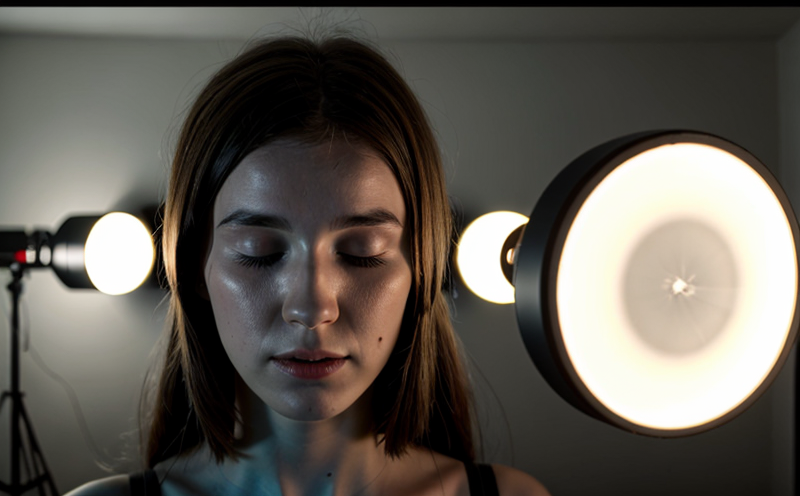EN 50160 Power Quality Flicker Testing of Lighting Installations
The European standard EN 50160 is a cornerstone for ensuring that power systems deliver acceptable levels of voltage quality, which includes the measurement and control of flicker. Flicker can cause discomfort and visual disturbance in lighting installations, especially in environments where sensitive equipment or human perception is critical.
Flicker is characterized by periodic variations in light intensity. These variations can be caused by imbalances in a power system’s voltage and current. The standard provides a framework for testing flicker to ensure that it does not exceed permissible limits set forth by the European Union. By adhering to EN 50160, lighting installations contribute to a stable and reliable electrical environment that enhances visual comfort and safety.
The testing process involves several key steps: first, the installation is characterized under nominal operating conditions. This step ensures that all components are functioning as intended before any flicker testing begins. Next, the flicker measurement instrument is connected to the circuit being tested, allowing for continuous monitoring of light intensity variations. The test duration varies depending on the specific requirements and complexity of the lighting system.
During testing, the flicker index (FI) or metric that EN 50160 uses to quantify flicker is calculated. The flicker index provides a single value that represents the severity of flicker over time. Lower values indicate better power quality with less perceptible flicker, which is desirable for both visual comfort and safety.
After testing, the results are compared against the permissible limits specified in EN 50160. These limits are designed to ensure that the lighting installation does not cause undue discomfort or interference with tasks requiring precise vision. Compliance with these standards helps to mitigate potential risks associated with flicker exposure.
The use of advanced instrumentation is crucial for accurate flicker testing under EN 50160. Instruments capable of capturing real-time data on voltage and current variations are essential for obtaining reliable results. The integration of these instruments into the testing process ensures that all aspects of the installation are thoroughly evaluated.
In summary, compliance with EN 50160 is vital for maintaining high standards of power quality in lighting installations. By adhering to this standard, organizations can ensure that their systems meet regulatory requirements and provide a safe and comfortable environment for users.
Applied Standards
| Standard | Description |
|---|---|
| EN 50160 | This standard specifies the permissible values of flicker for lighting installations. It provides a framework to ensure that power systems deliver acceptable levels of voltage quality. |
| IEC 61000-4-15 | This international standard complements EN 50160 by providing additional guidelines for the measurement and evaluation of flicker in power systems. It ensures that all testing methods are consistent across different regions. |
Industry Applications
- Hospitals: Ensuring minimal flicker in operating rooms and patient care areas to avoid discomfort for patients and staff.
- Concert Venues: Minimizing flicker to ensure a high-quality visual experience for concertgoers, especially during live performances.
- Control Rooms: Maintaining stable lighting conditions for operators working in environments where precision is critical.
- Schools and Universities: Providing a comfortable learning environment by minimizing flicker that could affect students' concentration.
Use Cases and Application Examples
In hospitals, EN 50160 testing ensures that lighting systems do not cause discomfort or visual disturbance to patients. This is particularly important in operating rooms where precision is paramount. In concert venues, flicker can disrupt the viewing experience, so compliance with this standard helps maintain the quality of the performance.
In control rooms, stable lighting is crucial for operators who need clear visibility and focus on their tasks. For schools and universities, minimizing flicker in classrooms enhances students' learning experiences by providing a comfortable visual environment.
Testing under EN 50160 involves connecting specialized instruments to the circuit being tested, which then monitor voltage and current variations continuously for several hours or days, depending on the installation's complexity. The results are analyzed using the flicker index, and compliance with permissible limits is ensured.
The testing process also includes characterizing the installation under nominal operating conditions before measurement begins. This ensures that all components are functioning as intended and provides a baseline for comparison during the testing phase.





